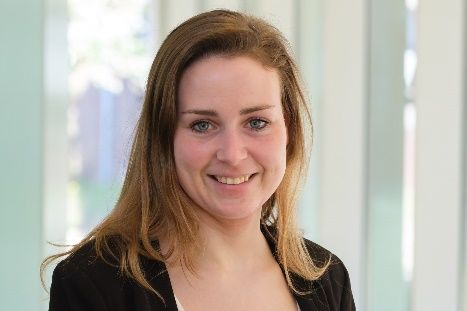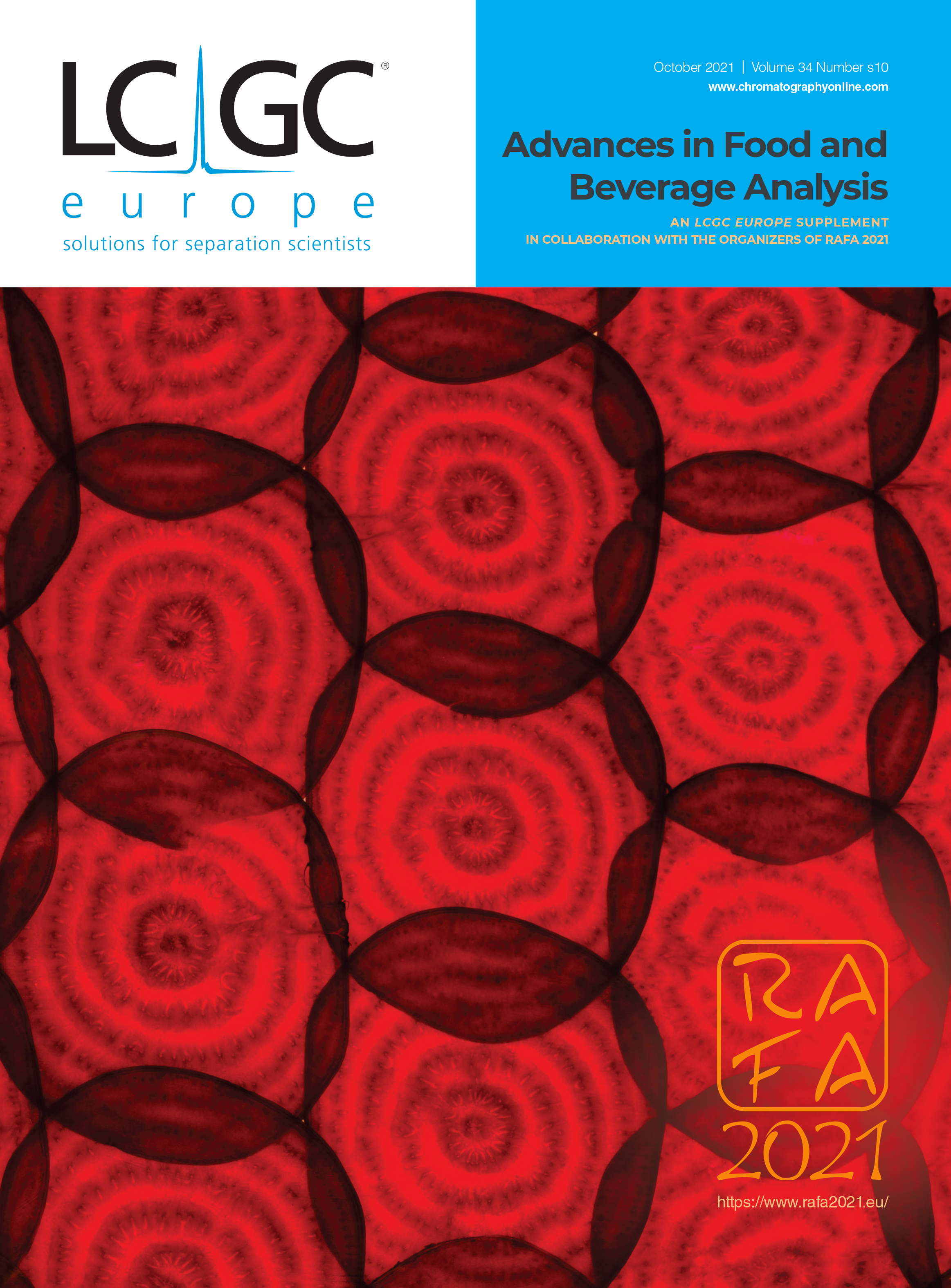Detecting PPAS in Milk
LCGC Europe spoke to Irma Bongers from Wageningen Food Safety Research (WFSR) in The Netherlands, about a recent research project to analyze prohibited pharmaceutical active substances (PPAS) in milk.
Q. Why is the analysis of residues of prohibited pharmaceutical active substances (PPAS) in milk important?
A: There is strict EU legislation regarding the use of pharmaceutical active substances in food production, and some substances are even marked as prohibited by Commission regulation (EU) No 37/2010.
Q. How do PPAS enter the food chain?
A: PPAS are rarely used and found in food. However, many substances that have a pharmaceutical effect can be used to treat (sick) animals. For example, nitroimidazoles are an important antiparasitic agent with a high biological activity and are therefore very effective. However, nitroimidazoles are prohibited because there are concerns about toxicity, mutagenicity, and genotoxicity.
In general, some substances are marked as prohibited by the EU due to potential public health risks as a result of exposure to toxic residues or related metabolites and the potential for development of antimicrobial resistance. Antimicrobial resistance could lead to ineffective antibiotics and reduce treatment options in human and animal health.
Q. You worked on a method to analyze residues from five different classes of these substances in a single method. What analytical techniques were used previously?
A: Before this new multi-class method was developed and implemented in routine analyses, five different single‑class methods were used. This means a method, including a complete sample cleanup and liquid chromatography tandem mass spectrometry (LC–MS/MS) analysis, (i) for the group of nitrofurans, (ii) for the group of nitroimidazoles, (iii) for dapsone, (iv) for chloramphenicol, and (v) for chlorpromazine. The sample preparation for 20–50 samples using five different methods takes an analyst five times one and a half workdays. This is followed by 5 times 8–20 min analysis time on a LC–MS/MS instrument for each sample. With this new method, the sample preparation time is reduced to only one and a half workdays to prepare 20–50 samples for all 16 PPAS and 14 min analysis time on the LC–MS/MS instrument.
Q. What were the main challenges you encountered to develop a single method to analyze this wide combination of analytes?
A: The wide combination of PPAS makes the sample preparation challenging, because the different physicochemical properties limits the possibilities for single method cleanup. On the one hand, sufficient recovery of all PPAS is required, and on the other hand you want to remove as much unwanted matrix compounds as possible. With a liquid–liquid extraction using ethyl acetate we were able to create sufficient recovery for all PPAS. However, the matrix compounds in the milk caused an unwanted gel formation during this extraction step. We found that this gel formation could be prevented by using the AOAC dispersive SPE kit while maintaining sufficient recovery.
Developing the LC–MS/MS analysis was also challenging because all PPAS are prohibited and therefore zero-tolerance for the presence of these substances is applicable. A zero-tolerance policy requires high sensitivity. For a sensitive detection, two of the 16 PPAS included have to be measured in the negative ionization mode of the mass spectrometer. While the highest sensitivity is achieved in the positive mode for two other compounds. Therefore, an instrument was needed that was fast enough to quickly switch between both ionization modes. Additionally, an optimized chromatographic method ensured separation of most PPAS. In combination with the scheduled multiple reaction monitoring (MRM) detection, this method resulted in a more sensitive detection.
Q. What is novel about your approach?
A:Within the field of food safety, a lot of research has been done. Many papers have been published on the analysis of a single class of residues of regulated and/or prohibited pharmaceutical active substances. Several methods are even published about the combination of PPAS in a single method. However, to our knowledge, no fully validated method in milk has previously been reported that includes 16 compounds belonging to five different classes. This new approach results in a far more cost-effective surveillance of the PPAS in milk, using one multi-class method instead of multiple single-class methods.

Irma Bongers currently works at Wageningen Food Safety Research (WFSR), Wageningen University and Research, The Netherlands.

Common Challenges in Nitrosamine Analysis: An LCGC International Peer Exchange
April 15th 2025A recent roundtable discussion featuring Aloka Srinivasan of Raaha, Mayank Bhanti of the United States Pharmacopeia (USP), and Amber Burch of Purisys discussed the challenges surrounding nitrosamine analysis in pharmaceuticals.
Silvia Radenkovic on Building Connections in the Scientific Community
April 11th 2025In the second part of our conversation with Silvia Radenkovic, she shares insights into her involvement in scientific organizations and offers advice for young scientists looking to engage more in scientific organizations.
Regulatory Deadlines and Supply Chain Challenges Take Center Stage in Nitrosamine Discussion
April 10th 2025During an LCGC International peer exchange, Aloka Srinivasan, Mayank Bhanti, and Amber Burch discussed the regulatory deadlines and supply chain challenges that come with nitrosamine analysis.








